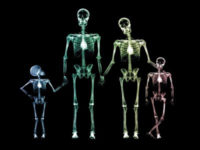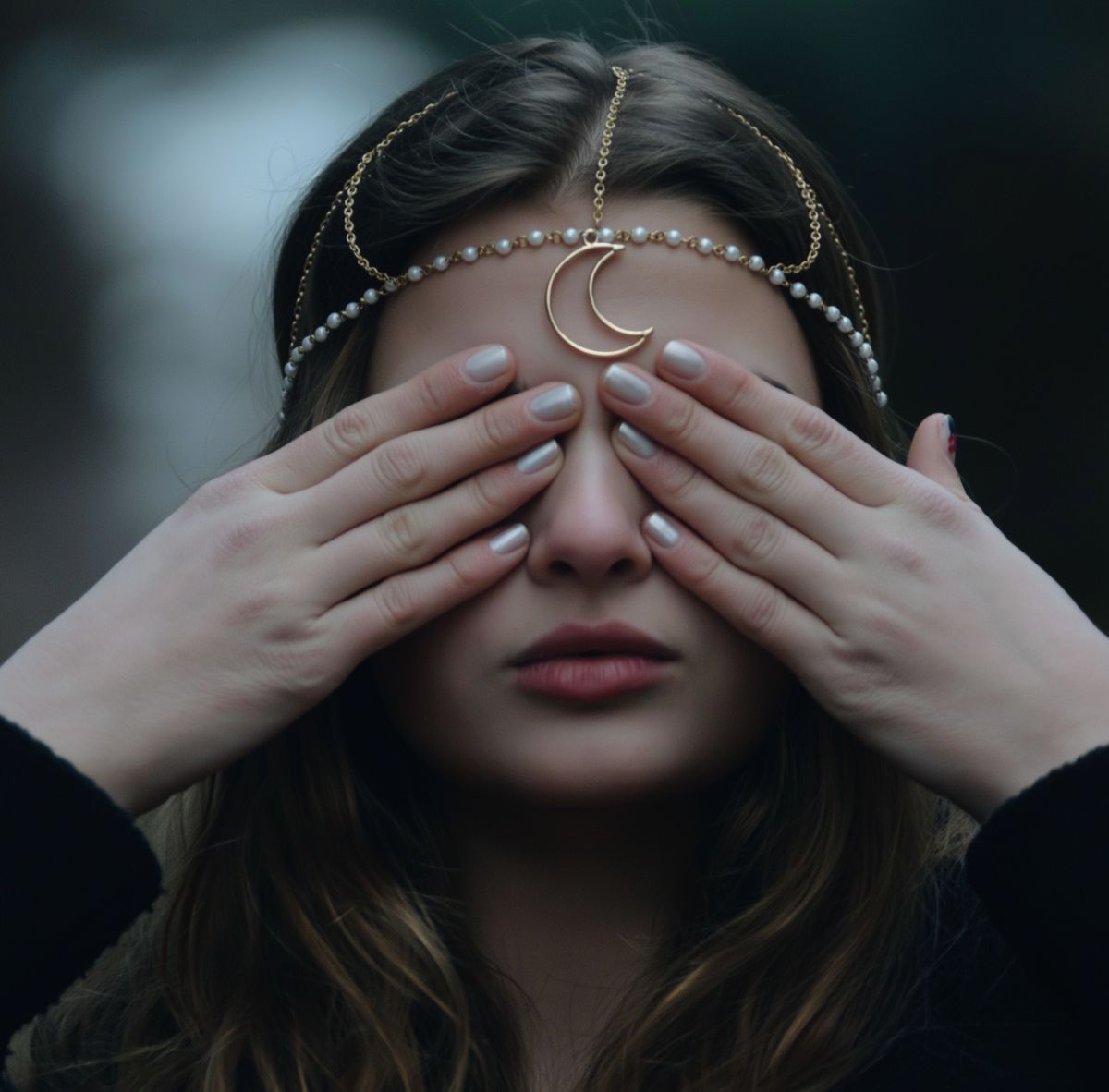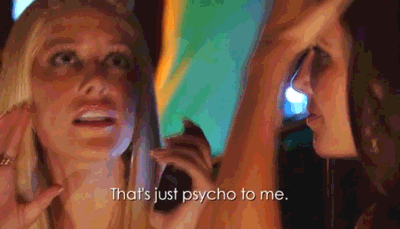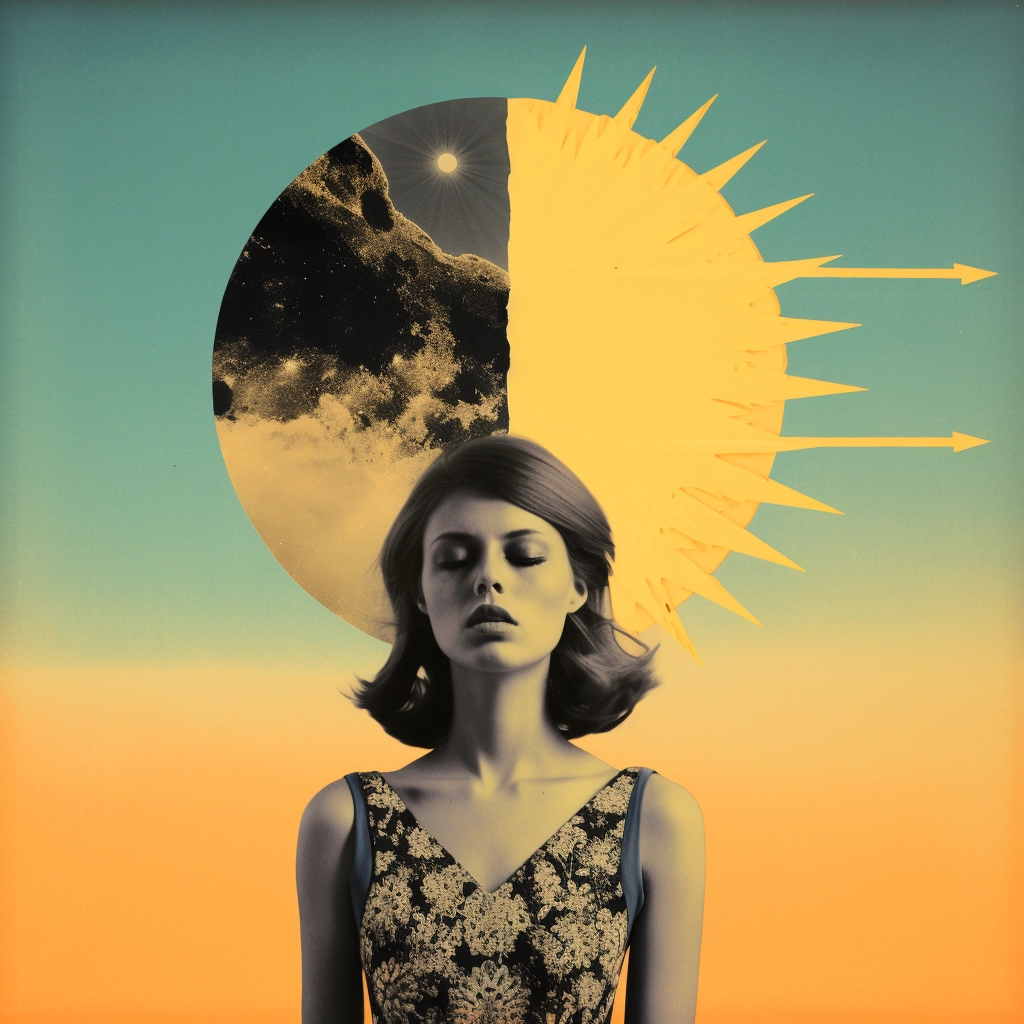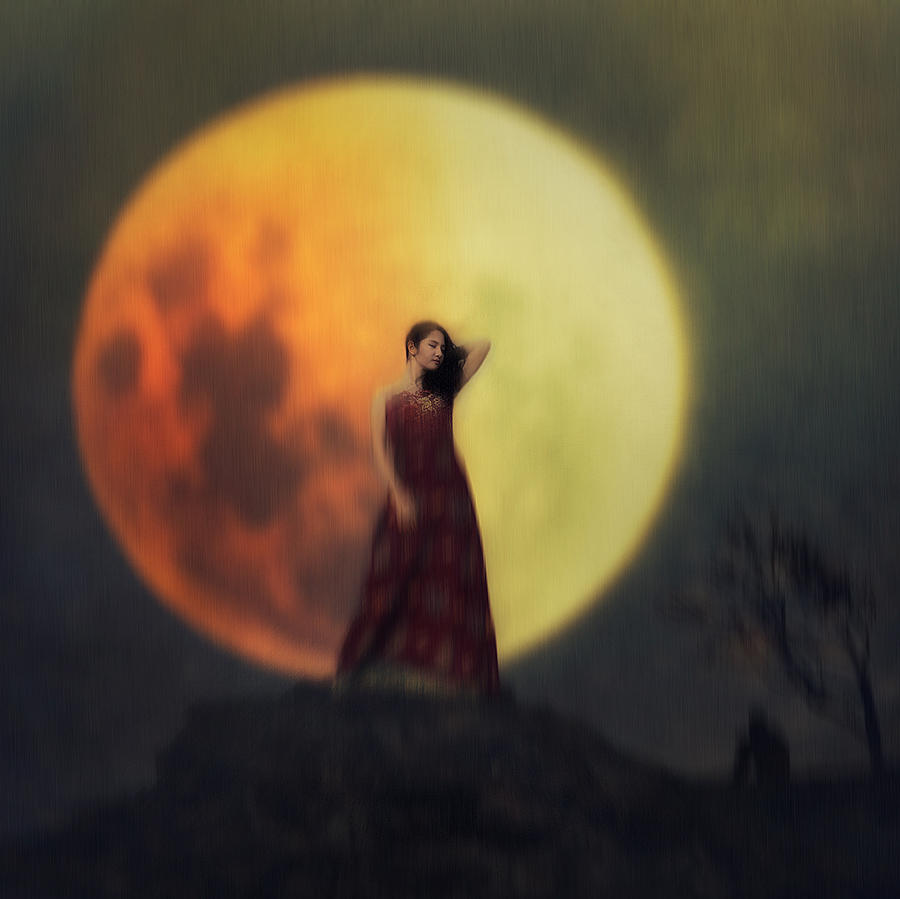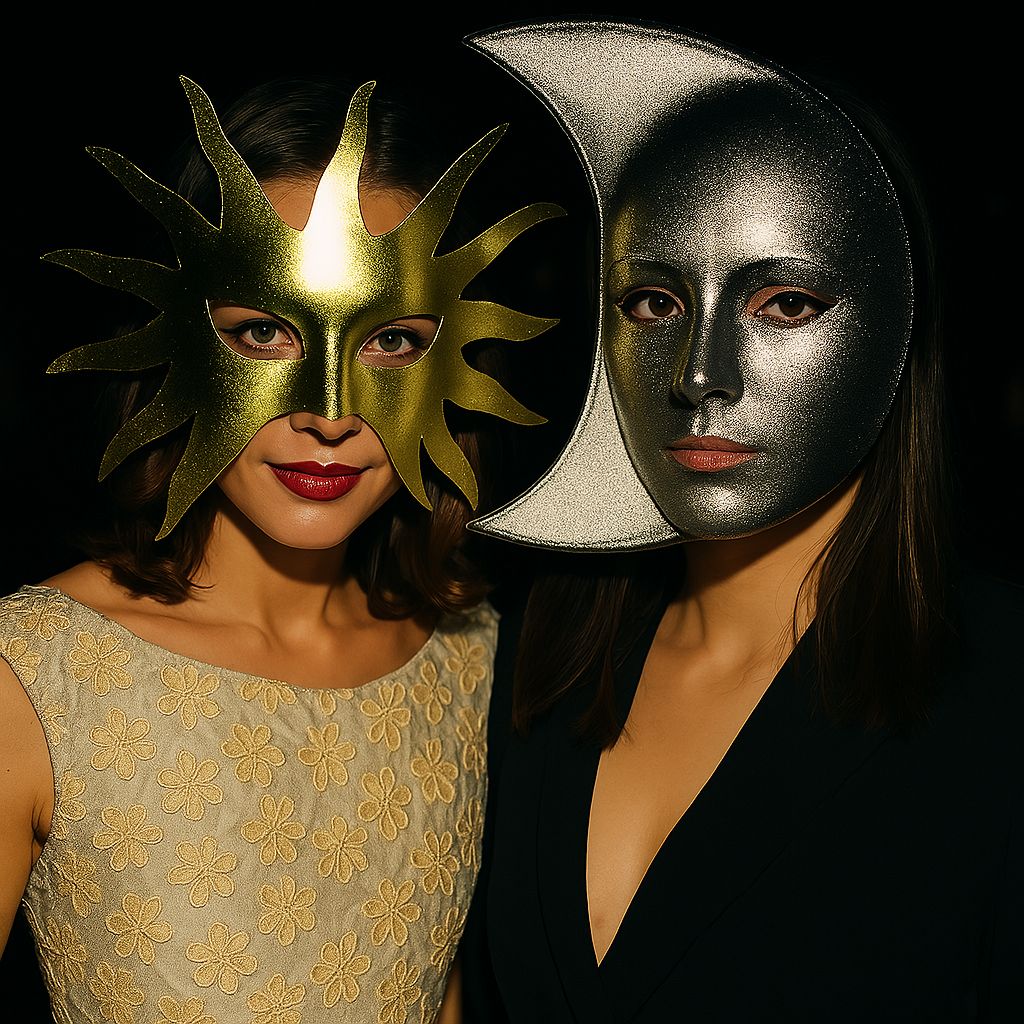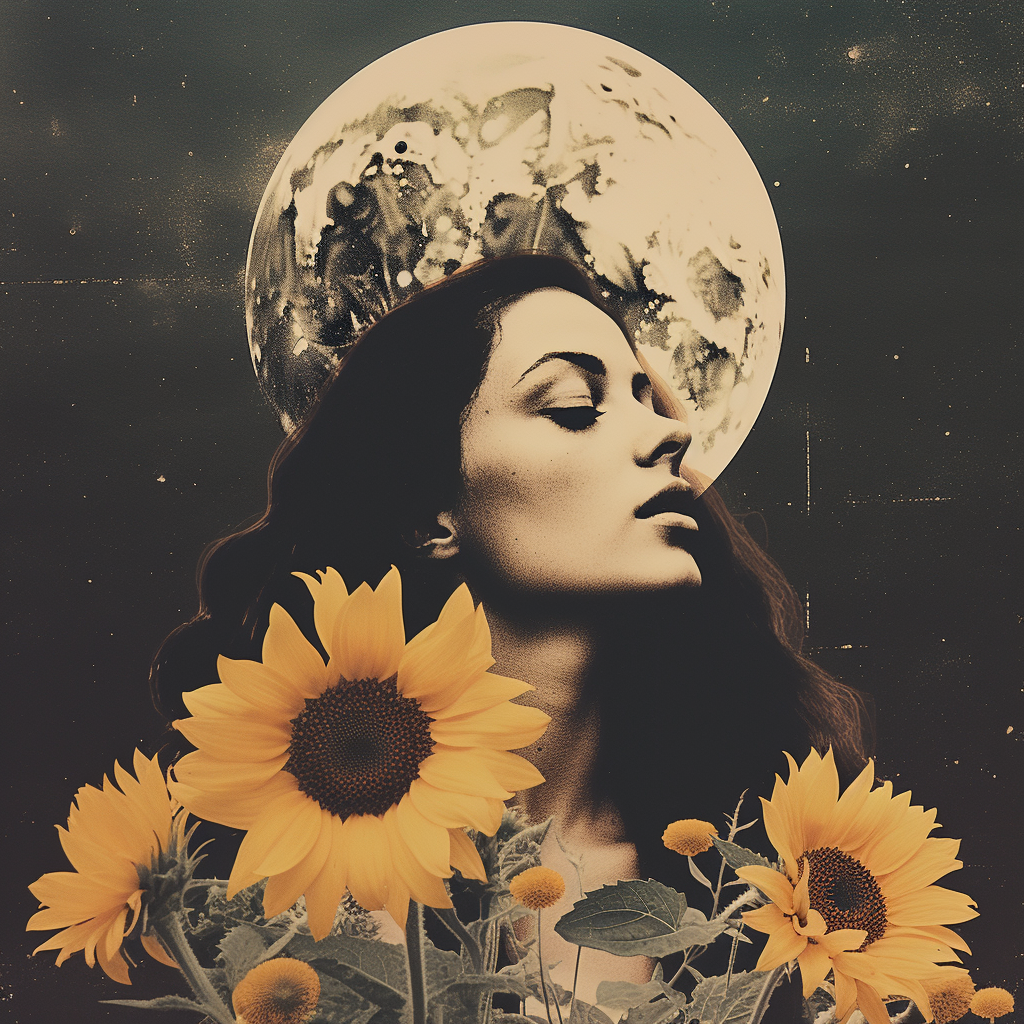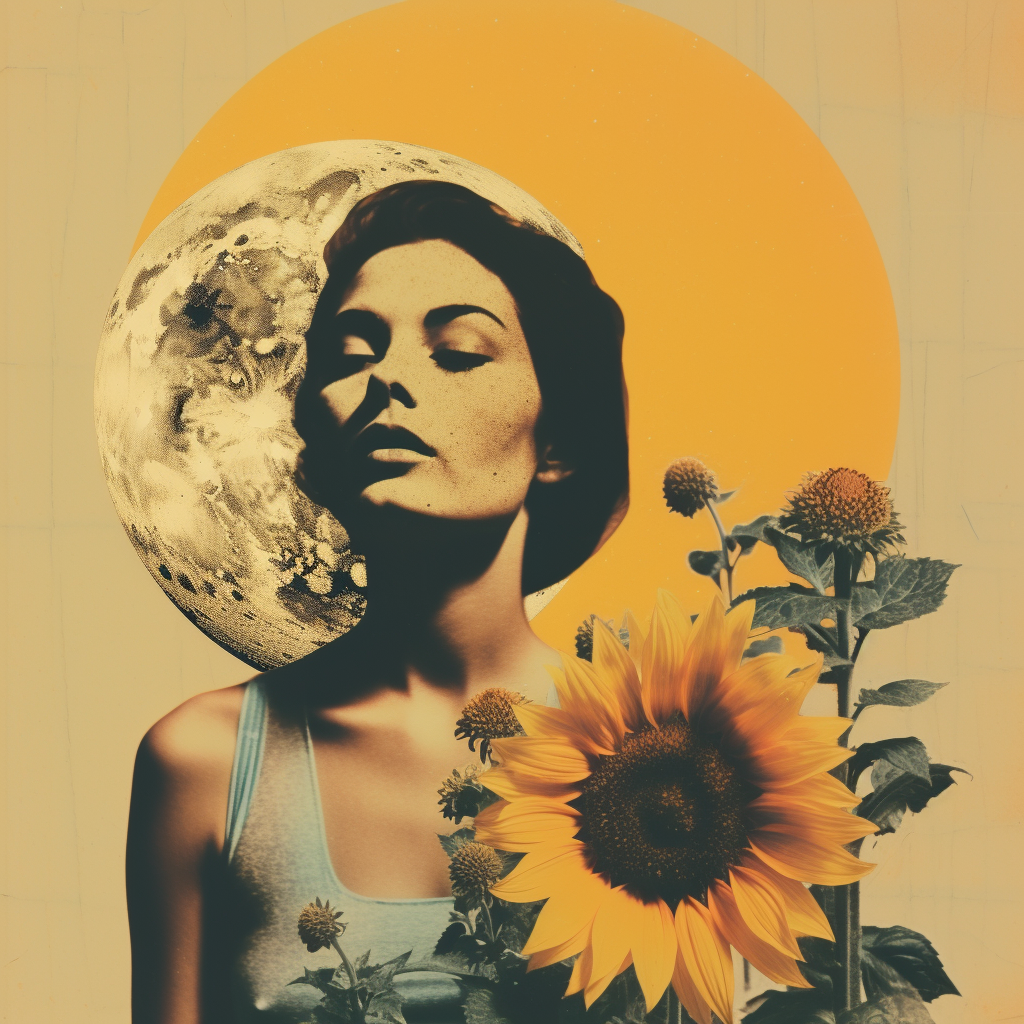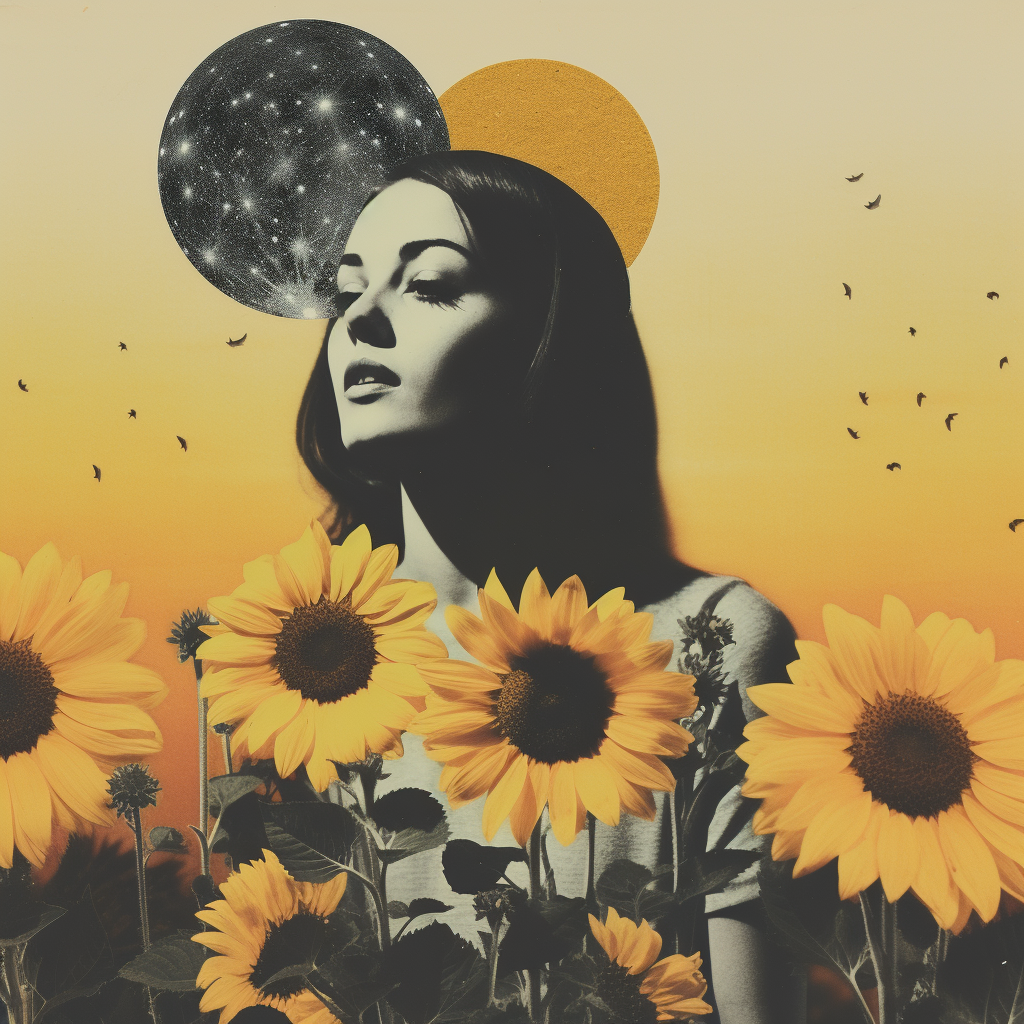 In astrology, the Sun and Moon are symbolic representations of the parents and their influence on an individual’s life. The Sun embodies the father figure, embodying consciousness, reason, and authority. Conversely, the Moon assumes the form of the mother figure, epitomizing emotions, intuition, and nurturing qualities. For a child, the Sun and Moon manifest through the lens of their mother and father. These archetypal energies find embodiment in the parents, molding the child’s perception and interaction. The behaviors, attitudes, and dynamics displayed by the parents during the formative years possess the power to shape the child’s understanding of authority, emotional expression, and self-identity.
In astrology, the Sun and Moon are symbolic representations of the parents and their influence on an individual’s life. The Sun embodies the father figure, embodying consciousness, reason, and authority. Conversely, the Moon assumes the form of the mother figure, epitomizing emotions, intuition, and nurturing qualities. For a child, the Sun and Moon manifest through the lens of their mother and father. These archetypal energies find embodiment in the parents, molding the child’s perception and interaction. The behaviors, attitudes, and dynamics displayed by the parents during the formative years possess the power to shape the child’s understanding of authority, emotional expression, and self-identity.
When the Sun and Moon are conjunct in an individual’s birth chart, it creates a blending or synergy between the energies of the parents. Identity and emotions merge, forging a an intense connection. This aspect implies that the parents likely presented a united front, fulfilling their roles in raising the individual harmoniously and cooperatively. Shared goals, values, and parenting styles likely prevailed. Symbolically, the Sun and Moon rising and setting together beneath the New Moon further emphasize the unity of parental forces. Those with a Sun-Moon conjunction often experience a sense of singularity in purpose, focus, and direction in life. Their ego and emotions operate in concert, fostering a clear sense of self and emotional equilibrium.
In the case of men, a Sun-Moon conjunction may signal a strong identification with the mother figure. These individuals may possess qualities traditionally associated with the mother archetype, such as nurturing inclinations, emotional sensitivity, and a deep-rooted connection to family and home. For them, breaking free from family history, roots, and traditions can pose a significant challenge, as their attachment to their familial heritage runs deep. Conversely, women with a Sun-Moon conjunction may find themselves identifying with their fathers or attracting partners who embody the qualities of the Moon archetype. These individuals seek emotional support, care, and nurturance from their partners, reminiscent of the security they associate with their father figures. In certain instances, a Sun-Moon conjunction may indicate a parental relationship where one parent assumed both roles. This might stem from the absence or unavailability of one parent or the dominant influence of a single parent who embodied the qualities of both the Sun and Moon.
When the Sun and Moon are in opposition in an individual’s birth chart, this configuration gives rise to splits in the personality and an underlying sense of insecurity. It suggests that the parents embodied conflicting or opposing energies, leaving the individual perceiving them as playing distinct and contrasting roles. Differences in views, lifestyles, or attitudes may have sparked discord within the family dynamic. In certain instances, the Sun and Moon in opposition may signify a parental relationship marred by separation, resulting in the individual feeling torn between two people. The physical and emotional distance between the parents intensifies the sense of division and insecurity. The individual finds themselves navigating the complexities of maintaining relationships with both parents in separate settings, further amplifying the internal conflict.
The Sun-Moon opposition presents itself as a psychological schism within the natal chart, a manifestation of the polarized energies emanating from the parents. This opposition highlights an overt duality in the personality, wherein the individual grapples with the challenge of integrating and reconciling the opposing qualities represented by their parents. Those with the Sun and Moon in square or opposition often experience an underlying restlessness within their being. This inner conflict may manifest in various ways, such as difficulties in establishing fulfilling relationships or seeking external sources of validation. While they are capable of successful marriages, the opposition can occasionally give rise to relationship issues, including extramarital affairs or challenges with the opposite sex. These individuals may yearn for something or someone beyond their current circumstances, driven by a longing for resolution and fulfillment in the face of their inner conflicts.
When the Sun and Moon form a square aspect in an individual’s birth chart, this aspect unveils a profound conflict between the conscious self, symbolized by the Sun, and the emotional needs and instincts, embodied by the Moon. Often, this clash stems from the past or the domestic environment, acting as a barrier that hinders the individual’s progress toward the future. Within the family or current domestic life, a lack of support for the individual’s goals and aspirations may prevail. This dearth of encouragement can be traced back to a palpable conflict between the parents, which the individual absorbs and internalizes. It is not uncommon to encounter a blockage or strained relationship with one of the parents. When accompanied by additional challenging planetary aspects, this square aspect may signify a history of domestic upheaval or early difficulties within the family.
The Sun square Moon aspect often earns the moniker of the “piggy in the middle,” underscoring the challenging position of being caught amidst the conflicting desires and needs of the parents. The individual finds themselves torn between the competing desires, expectations, or demands of each parent, making it difficult to establish their own sense of identity and navigate their unique path in life. In later marriages or intimate relationships, the clash between the individual’s conscious desires and their unconscious intentions can further breed conflict. There may exist a subconscious inclination to recreate the dynamics of their parental relationship, perpetuating inner tension and difficulties in harmonizing personal wants and needs with those of their partner.
Breaking free from the past and forging ahead in life emerges as one of the most important tasks in the face of the Sun square Moon aspect. The individual may feel anchored or restrained by their upbringing or past experiences, blocking their ability to embrace change and pursue their own goals and aspirations. Overcoming these challenges and attaining a sense of integration between their conscious self and emotional needs necessitates inner work, introspection, and a willingness to confront and relinquish the limitations imposed by the past.
Importantly, while the Sun square Moon aspect presents its fair share of challenges, it also harbors opportunities for growth and self-discovery. By addressing and resolving the inner conflicts and discordance, individuals can cultivate a stronger sense of self, make conscious choices that align with their true desires, and establish a more fulfilling and balanced life for themselves.
Individuals with the trine aspect between the Sun and Moon within an individual’s birth chart posses a harmonious and seamless connection between the conscious self, embodied by the Sun, and the emotional needs and instincts, personified by the Moon. This aspect often bestows upon individuals an idealized vision of their parents and instills a deep-seated desire to recreate the sense of harmony experienced within the childhood home. They hold a belief that their parents shared a loving and supportive relationship during their formative years. Astrologers theorize that the aspects between the Sun and Moon reflect the dynamics of the parents at the time of the individual’s birth, further cementing this idealized perception.
The Sun trine Moon aspect evokes a fairy-tale-like image of the parental marriage, enveloping the individual in a world where harmony reigns supreme. This idyllic view, however, can inadvertently create a blind spot, rendering it challenging for the individual to recognize or acknowledge any underlying problems or conflicts that may have existed within their parents’ relationship. Shielded from the extent of these issues, or perhaps influenced by their parents’ ability to conceal disagreements, the individual perceives a level of harmony that may not have been entirely accurate.
This idealized perception of the parents and their relationship manifests with both positive and potentially challenging implications. On the positive side, it fosters a sense of stability, emotional security, and a profound longing to establish a similar harmonious environment within their own lives. Those with a Sun trine Moon aspect often aspire to cultivate balanced relationships and strive to maintain an atmosphere of peace and harmony in their personal spheres.
However, the tendency to idealize can also engender unrealistic expectations and a propensity to overlook or downplay relationship issues. The individual may find it difficult to acknowledge and address conflicts that fail to align with the idealized image they hold. This predisposition can potentially present challenges within relationships, as the individual may instinctively avoid confrontation or struggle to recognize and resolve underlying problems.
It is important for individuals with a Sun trine Moon aspect to develop greater self-awareness and the ability to see relationships realistically. Understanding that no relationship is flawless and remaining receptive to the complexities and realities that come with interpersonal connections can contribute to healthier and more balanced bonds. Equally important is the development of a clear understanding of one’s own needs and boundaries, coupled with effective communication with partners to ensure a mutually satisfying and harmonious relationship.
“Benign Sun-Moon aspects, particularly the conjunction, turn up frequently in criminal charts. The Sun trine Moon is what I call the” and they lived happily ever after” aspect. It is very benign, but there is sometimes too much complacency and certain smugness, and a refusal to look at the nastier side of life. Sun trine Moon describes equanimity between one’s sense of individual purpose and one’s emotional needs. They work together in harmony. The person with a trine or sextile between the luminaries generally believes that life is, ought to be, harmonious. The gift of the aspect is that these people often have the power to generate harmony around them. But they expect harmony and want to see it everywhere, and they are often dreadfully shocked when they are confronted with a less than harmonious reality. In fact, they may avoid facing reality for many years, speaking of a violent or abusive parent as “wonderful “and wilfully editing out their own suffering and humiliation. It’s a lovely aspect, unless one’s parents are from hell. Then is can be dangerously blind, and may contribute to a deep split between a fantasy of life as Disneyland and the horror of one’s actual experience.” – Liz Greene, The Dark of the Soul
When examining the dynamics of a marriage or long-term partnership with the Sun trine Moon in aspect, it is not uncommon for things to appear to be running smoothly on the surface while underlying difficulties may be present. The family life and upbringing of the individual generally support their overall well-being and contribute to a settled nature. However, it is important to remember that even within the most harmonious relationships, there can be areas of growth and improvement. Challenges may arise that need to be addressed and worked through. Ignoring or avoiding these difficulties can potentially lead to complacency or a lack of growth within the relationship. While the comfortable and supportive nature of the Sun trine Moon aspect can be beneficial, it is important not to become too reliant on this aspect alone. Relationships require ongoing effort, compromise, and a commitment to growth and understanding.
“There is not likely going to be a violent breaking away from home conditions. Or, if there is something of this sort, readjustment ensures speedily and readily. Later in life the partner helps the native directly, or shares his interests”. By Charles Carter – The Astrological Aspects
